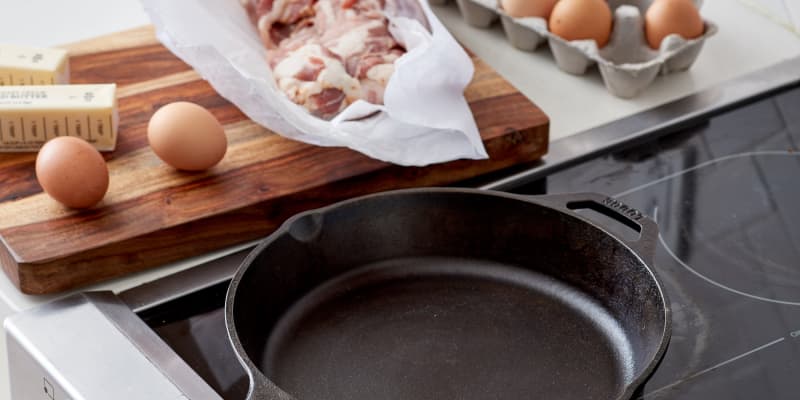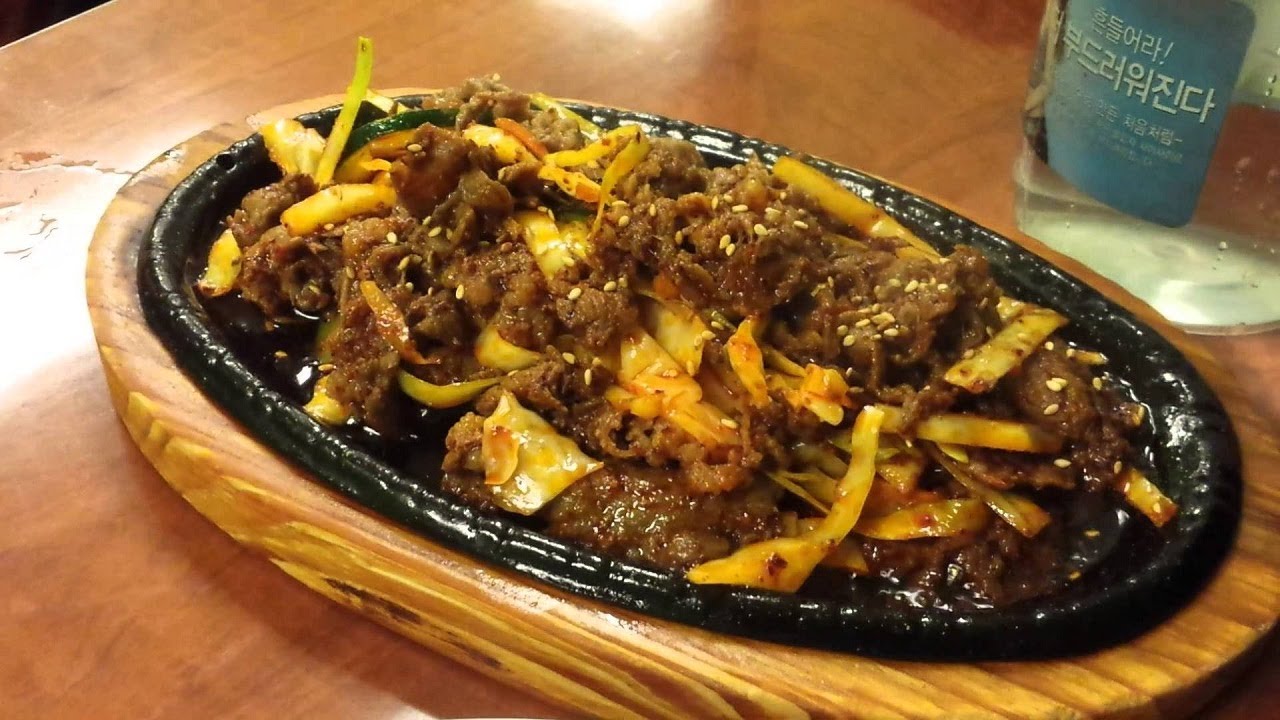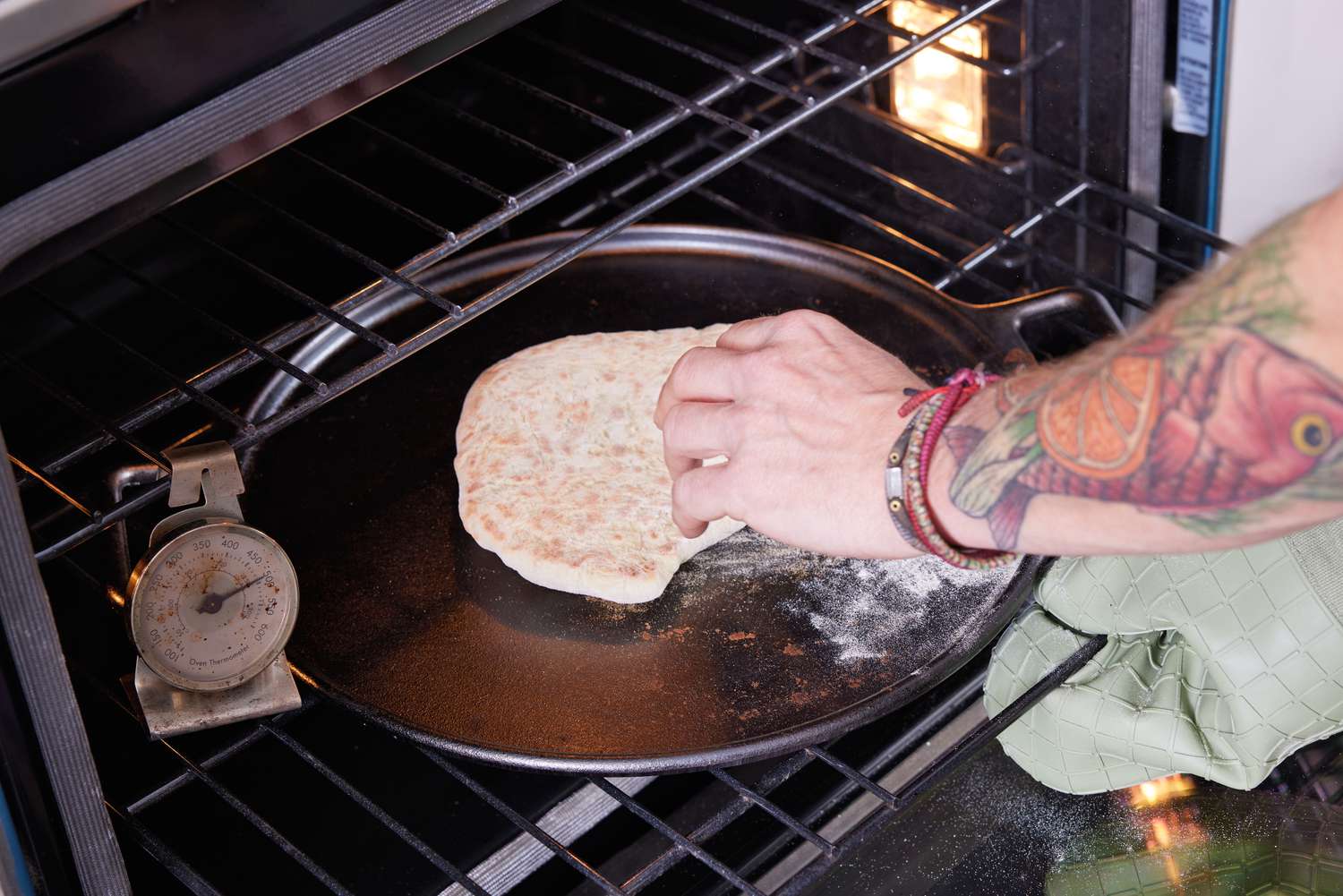For kitchen professionals, the integration of trivets or pads under cast iron on induction cooktops is a topic of both practicality and curiosity. As the popularity of induction cooktops continues to rise, understanding how to effectively use cast iron on these surfaces is crucial. Induction cooking offers efficiency and precision, but it also requires careful handling of cookware to maintain both the cooktop and the cookware's integrity.

Why Use Trivets or Pads?
Induction cooktops generate heat through electromagnetic fields, which directly heat the cookware rather than the cooktop surface. While this method provides many benefits, including faster heating and energy efficiency, it also poses potential challenges, especially with cast iron, known for its heavy weight and rough surface. Using trivets or pads under cast iron can mitigate these issues, preventing scratches and distributing weight more evenly.
Benefits of Using Trivets or Pads
Protecting Your Cooktop
One of the primary benefits of using trivets or pads is protecting your induction cooktop from scratches and damage. Cast iron, while durable, can have rough edges and uneven surfaces that may scratch the glass surface of induction cooktops. By placing a trivet or pad underneath, you create a buffer that protects the cooktop without interfering with the cooking process.
Maintaining Cookware Stability
Cast iron cookware can be quite heavy, and on a smooth induction surface, it might slide or tip easily. Using a trivet or pad can provide additional stability by acting as a gripping surface, ensuring that your cookware stays in place during cooking. This is particularly useful for maintaining safety and cooking efficiency.
Even Heat Distribution
While induction cooktops are known for their even heat distribution, the addition of a trivet or pad can help further distribute the weight and heat of the cast iron pan. This can prevent hot spots and ensure that the cooking surface remains even, which is essential for certain cooking techniques and recipes.
Types of Trivets and Pads Suitable for Induction Cooking
Choosing the right trivet or pad is essential. Common materials include silicone and fabric, both of which offer heat resistance and flexibility. Silicone trivets are particularly popular because they can withstand high temperatures and provide a non-slip surface. Fabric pads, often made from heat-resistant materials, offer a softer barrier and are easy to clean.
Practical Tips for Using Cast Iron on Induction
To maximize the benefits of using trivets or pads, ensure they are always clean and dry before use. This prevents any residue transfer or additional wear on your cooktop. Additionally, regularly inspect your cast iron cookware for any burrs or sharp edges that could damage the cooktop. For more tips on maintaining your cast iron, read our guide on cast iron cleaning.
Conclusion
Incorporating trivets or pads under cast iron on induction cooktops is a smart and practical choice for kitchen professionals. It not only enhances the longevity of both the cookware and the cooktop but also ensures a smoother, more efficient cooking process. Whether you are a seasoned chef or a kitchen enthusiast, understanding and applying these tools can significantly improve your cooking experience.

FAQs
Do trivets affect the heating efficiency of induction cooktops?
No, properly designed trivets do not affect the heating efficiency. They are designed to allow the electromagnetic field to pass through effectively.
Can I use any type of trivet or pad under my cast iron?
It is best to use trivets or pads made from heat-resistant materials like silicone or specially designed heat-resistant fabrics.
How do I ensure my induction cooktop lasts longer?
Regularly clean your cooktop, use trivets or pads to protect the surface, and ensure your cookware, especially cast iron, is well-maintained.
For more information on using cast iron with induction cooktops, visit Field Company and explore their expert insights.






Leave a comment
This site is protected by hCaptcha and the hCaptcha Privacy Policy and Terms of Service apply.